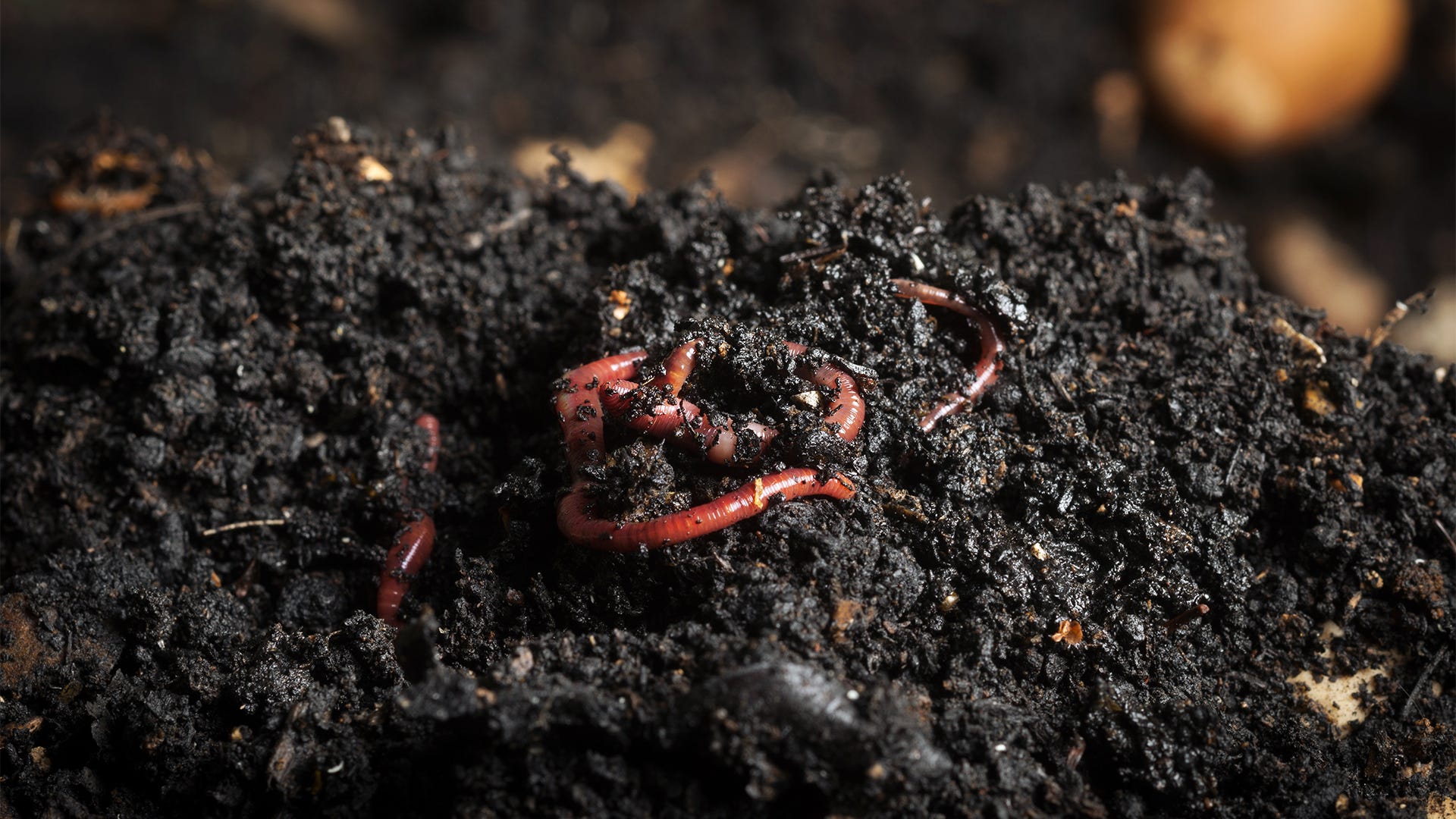Every Little Thing You Required to Know About Red Wigglers for Composting
Red wigglers, or Eisenia fetida, play a critical duty in the world of composting, transforming organic waste into useful dirt amendments. The procedure of establishing up a worm bin and keeping it can pose difficulties.
What Are Red Wigglers?

Belonging To North America, red wigglers are surface-dwelling microorganisms that like damp, cozy environments rich in decomposing raw material. Their diet regimen consists mainly of decaying plant product, food scraps, and various other natural particles, which they eat and break down successfully. As they digest this product, they generate nutrient-rich castings that boost dirt fertility.
Red wigglers are hermaphroditic, possessing both male and women reproductive organs, and can recreate rapidly under optimal conditions. This capacity makes them an optimal choice for composting systems, as their population can raise swiftly. Their strength and adaptability to numerous settings even more solidify their importance in lasting waste administration methods. Generally, red wigglers are essential factors to the procedure of reusing natural waste right into valuable garden compost.
Advantages of Making Use Of Red Wigglers
Using red wigglers in composting systems uses many benefits that enhance both the effectiveness of waste management and the top quality of the resulting garden compost. These worms, clinically called Eisenia fetida, are specifically reliable at damaging down raw material, transforming cooking area scraps and backyard waste right into nutrient-rich compost at an increased price.
Among the primary advantages of utilizing red wigglers is their capability to consume huge amounts of natural material, typically processing their weight in food waste daily. This high usage rate results in much faster decomposition and decreases the volume of waste sent out to landfills. Moreover, the spreadings created by red wigglers are rich in crucial nutrients, valuable bacteria, and enzymes, making them a superb plant food for gardens and plants.
In addition, red wigglers grow in a range of settings, making them adaptable for both indoor and outside composting systems - red wigglers. Their existence in a compost bin assists to freshen the product, preventing odors and promoting a healthy and balanced composting process. On the whole, employing red wigglers not just contributes to reliable waste administration however also supports sustainable horticulture practices via the manufacturing of top notch garden compost
Establishing Up Your Worm Bin
To efficiently establish up a worm container, it is essential to select an appropriate container that fulfills the needs of red wigglers while giving a favorable setting for composting. An ideal bin can be made from plastic, timber, or metal, with a capability of at the very least 1 square foot for every single pound of worms.
Make certain the container has ample water drainage holes to avoid excess dampness, as red wigglers grow in a wet, but not waterlogged, environment. red wigglers. The bin should also be ventilated to provide enough airflow, protecting against anaerobic conditions that can harm the worms
A perfect area for the worm container is a cool, dark location, cost-free from straight sunshine and extreme temperatures, as red wigglers choose a temperature range of 55 to 77 levels Fahrenheit.
Prior to presenting the worms, prepare bed linen materials such as shredded newspaper, cardboard, or coconut coir, which will certainly give both environment and food. Moisten the bedding gently to develop a welcoming atmosphere for the worms. Lastly, consider positioning a cover on the bin to maintain humidity and reduce pests, while guaranteeing it can be quickly removed for upkeep.
Feeding and Care Standards
Feeding red wigglers is a vital aspect of keeping a healthy composting system. These worms thrive on a varied diet plan, primarily made up of organic products such as fruit and vegetable scraps, coffee premises, and crushed eggshells. It is vital to stay clear of feeding them meat, dairy, and oily foods, as these can develop unpleasant smells and attract parasites.
When introducing food to your worm container, chop or shred products into smaller sized pieces to assist in quicker decomposition. Beginning with percentages to evaluate the worms' intake rate, gradually enhancing the amount as they adapt. It is suggested to alternating feeding areas within the bin to urge comprehensive blending and aeration of the compost.

Troubleshooting Common Issues
Keeping a flourishing worm composting system can often provide obstacles that call for focus and troubleshooting. Typical concerns include an undesirable odor, which typically indicates overfeeding or the presence of anaerobic problems. To treat this, lower the quantity of food included and make sure appropriate aeration by blending the bed linens material.
An additional frequent issue is the retreat of worms from the bin. This can take place as a result of extreme moisture or improper ecological conditions. Regularly examine the wetness levels, going for a wet however not soggy uniformity, and maintain optimum temperatures between 60-80 ° F(15-27 ° C )to produce a comfy environment for your red wigglers.
Pests, such as fruit flies, can also invade worm containers. red wigglers. To combat this, cover food scraps with a layer of bed linens or shredded paper to discourage flies from laying eggs. Additionally, make certain that any type of food added is fresh and without mold, which can bring in unwanted parasites
Lastly, if your worms seem inactive, look for stress and anxiety elements such as temperature changes or poor wetness. Resolving these common problems will certainly aid keep a healthy and balanced and effective worm composting system.
Conclusion
In summary, red wigglers, or Eisenia fetida, play an important role in lasting waste monitoring via vermicomposting. Their capability to successfully transform natural waste into nutrient-dense spreadings improves soil health and wellness and advertises plant development. Proper setup and upkeep of a worm container, together with adherence to feeding standards, guarantee a growing ecological community that decreases garbage dump payments. Resolving common problems without delay further supports the effectiveness of this environmental practice, adding to environmental sustainability and agricultural efficiency.
Comments on “Red worms: Easy care tips”